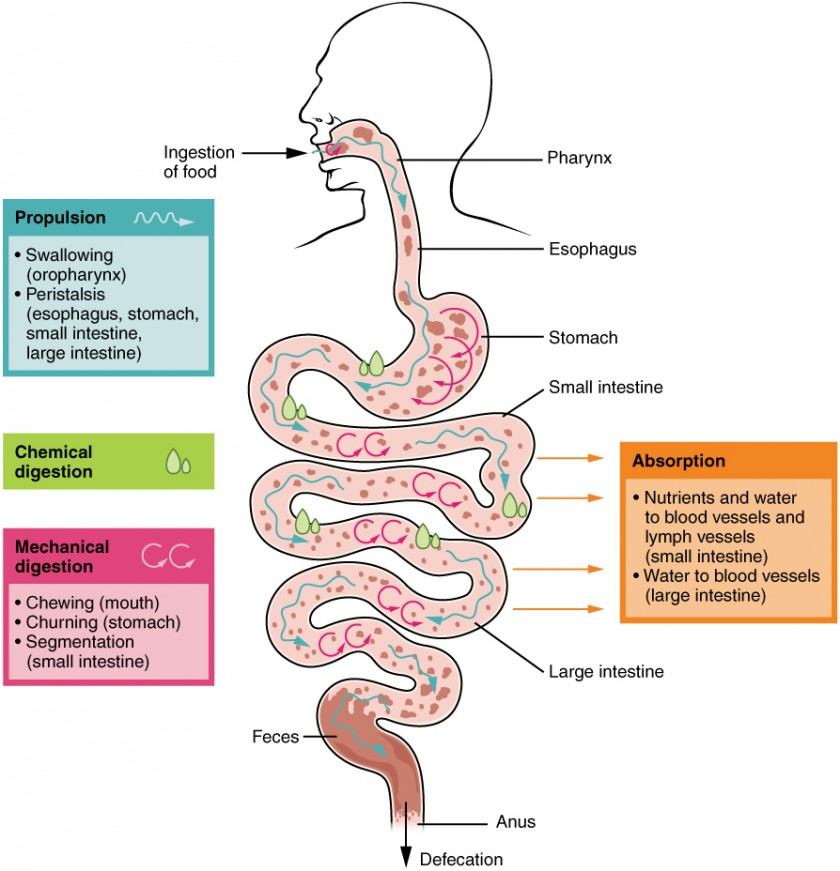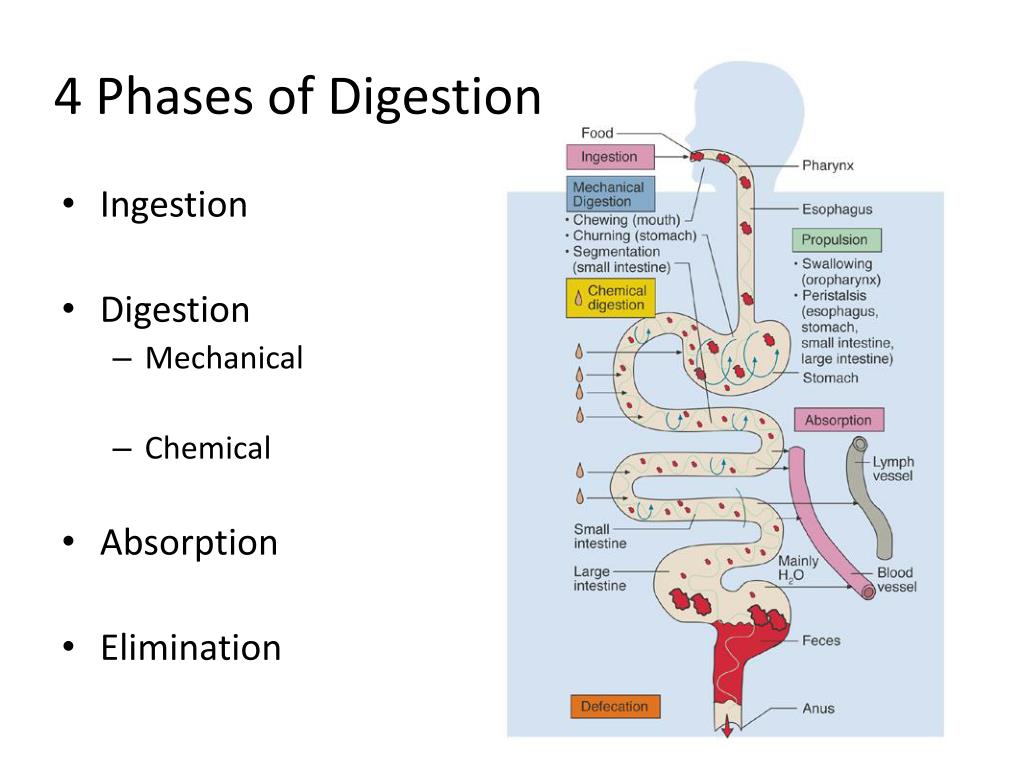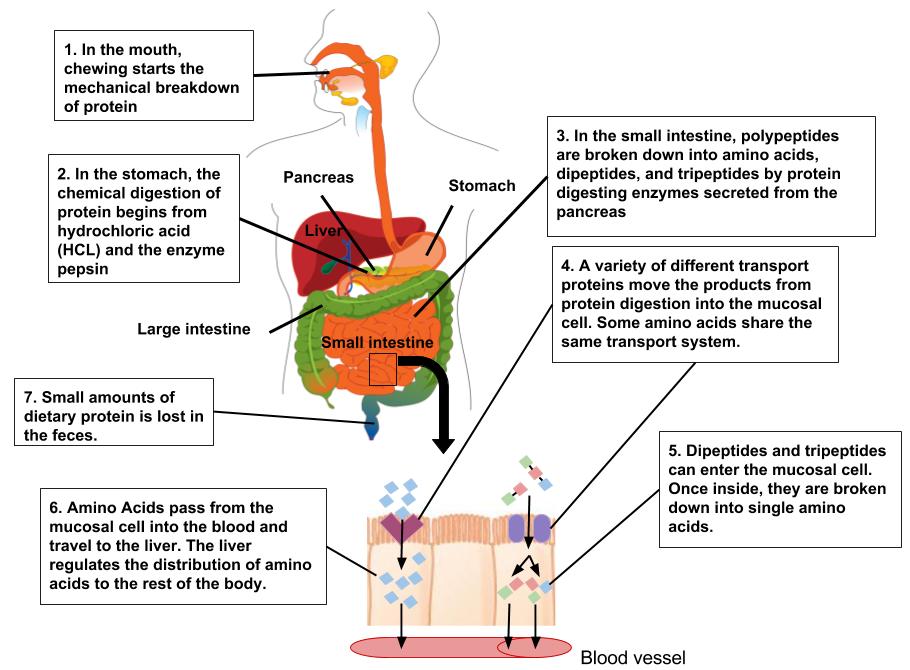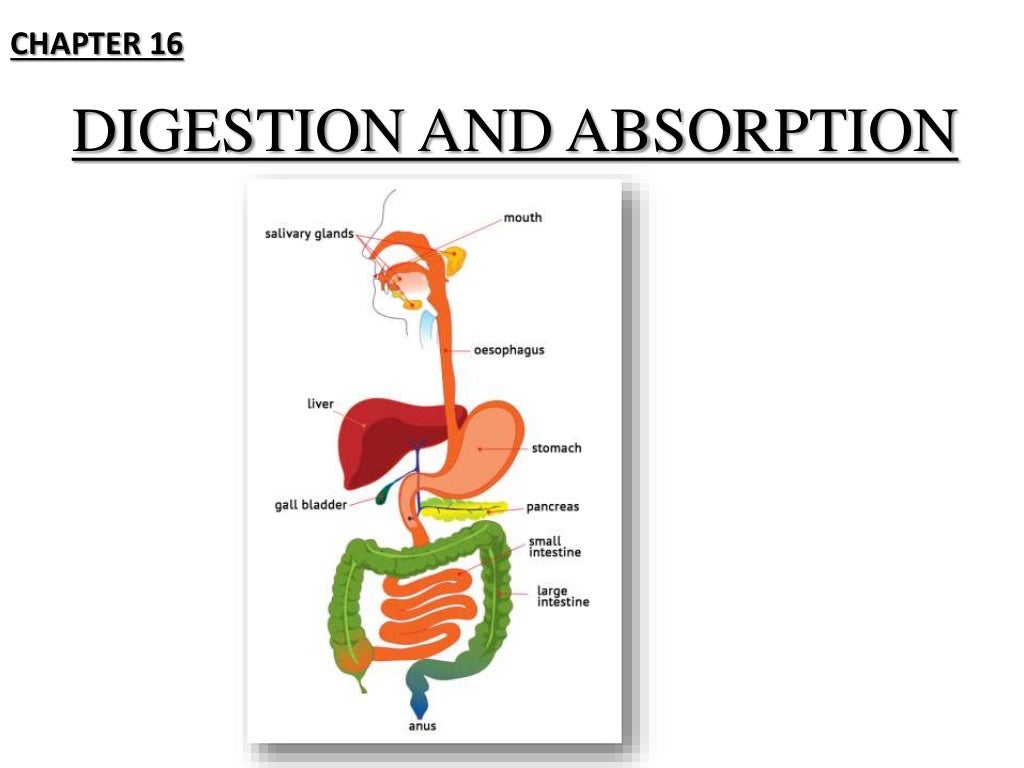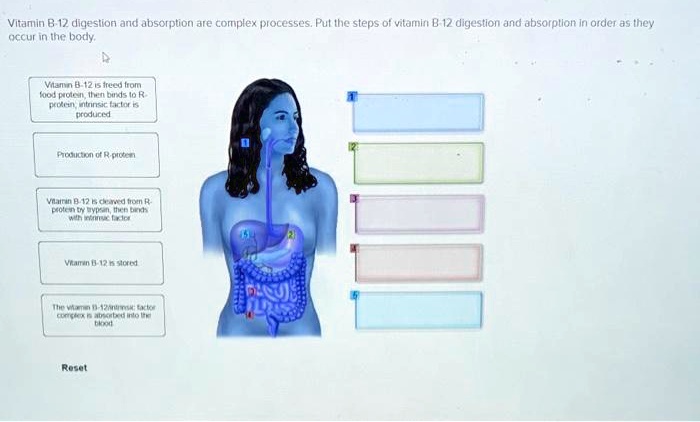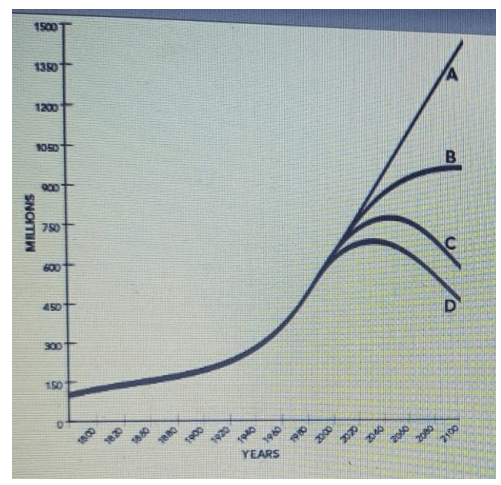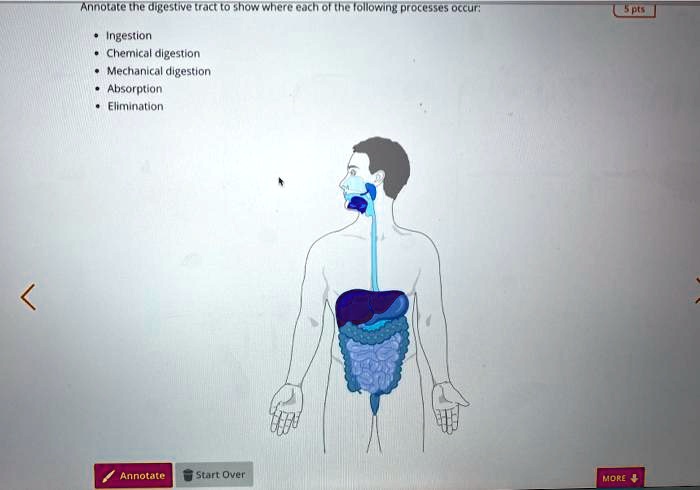Both Digestion And Absorption Happens In Which Of The Following
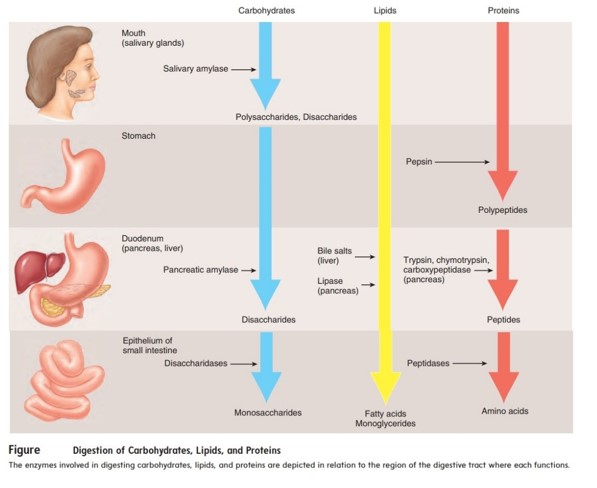
Imagine the intricate process your body undertakes every time you eat – a symphony of chemical reactions and mechanical movements breaking down food into usable energy. But where does this complex dance of digestion and absorption predominantly occur? The answer is more nuanced than it seems, highlighting the sophistication of the human digestive system.
This article delves into the specific organ responsible for the majority of both digestion and absorption – the small intestine. It explores the reasons behind the small intestine’s pivotal role, examining its unique anatomical features and physiological processes, and considering the functions of other digestive organs in relation to the overall process.
The Small Intestine: A Digestion and Absorption Powerhouse
The small intestine, a long, coiled tube connecting the stomach to the large intestine, is the primary site for both digestion and absorption. This is due to its specialized structure and the coordinated action of various enzymes and hormones.
Anatomical Adaptations for Enhanced Absorption
The small intestine's surface area is dramatically increased by the presence of circular folds, villi, and microvilli. These structures maximize the contact between the intestinal lining and the digested food, facilitating efficient nutrient absorption.
The villi are small, finger-like projections lining the intestinal wall. Each villus contains a network of capillaries and a lacteal (a lymphatic vessel), enabling the direct absorption of nutrients into the bloodstream and lymphatic system.
Microvilli, even smaller hair-like projections on the surface of the villi, further amplify the absorptive surface. This immense surface area ensures that almost all usable nutrients are absorbed before the food residue enters the large intestine.
The Digestive Process in the Small Intestine
The small intestine receives chyme, a semi-liquid mixture of partially digested food, from the stomach. Here, it mixes with bile from the liver and gallbladder, and pancreatic enzymes from the pancreas.
Bile emulsifies fats, breaking them down into smaller droplets that are easier to digest by enzymes. Pancreatic enzymes, including amylase, lipase, and proteases, further break down carbohydrates, fats, and proteins, respectively, into smaller molecules that can be absorbed.
The intestinal cells themselves also produce enzymes, such as peptidases and disaccharidases, which complete the breakdown of peptides and disaccharides into amino acids and monosaccharides. This ensures that nutrients are in their simplest form for optimal absorption.
Other Organs and Their Roles
While the small intestine is the primary site, other organs play vital roles in the overall digestion and absorption process. The mouth initiates digestion through chewing and salivary amylase, which breaks down starch.
The stomach continues digestion by churning food and mixing it with gastric acid and pepsin, which begins protein breakdown. The stomach also regulates the release of chyme into the small intestine, preventing overwhelming the digestive capacity.
The large intestine primarily absorbs water and electrolytes from the remaining undigested material. It also houses beneficial bacteria that ferment undigested carbohydrates, producing some vitamins and short-chain fatty acids that can be absorbed.
"Although the large intestine absorbs water and some nutrients, it does not play a significant role in the overall digestion and absorption of macronutrients like carbohydrates, proteins, and fats," notes Dr. Emily Carter, a gastroenterologist at Mayo Clinic.
Challenges to Digestion and Absorption
Several factors can impair the digestion and absorption process in the small intestine. These include conditions like celiac disease, Crohn's disease, and lactose intolerance.
Celiac disease damages the villi in the small intestine, reducing its absorptive surface. Crohn's disease can cause inflammation and scarring in the digestive tract, hindering nutrient absorption.
Lactose intolerance results from a deficiency of the enzyme lactase, which is needed to digest lactose, a sugar found in milk. This leads to digestive discomfort and impaired lactose absorption.
Looking Ahead: Research and Future Directions
Ongoing research continues to explore the intricacies of digestion and absorption, aiming to develop more effective treatments for digestive disorders. Scientists are investigating the role of the gut microbiome in nutrient absorption and its impact on overall health.
Novel drug delivery systems are being developed to improve the absorption of medications in the small intestine. These systems aim to bypass the barriers to absorption and deliver drugs directly to the target cells.
Understanding the complexities of digestion and absorption is crucial for maintaining optimal health. By focusing on the central role of the small intestine and the contributions of other organs, we can gain a deeper appreciation for the remarkable efficiency of the human digestive system. Ultimately, this understanding paves the way for improved dietary strategies and targeted therapies for digestive disorders.
